Mastering Custom Graphics Collision Repair: Techniques for Professional Results
Custom graphics collision repair is an artistic and technical process that transforms car exteriors…….
Welcome to an in-depth exploration of a captivating sector within the automotive industry—Custom Graphics Collision Repair. This article aims to guide readers through the intricate process, global impact, and multifaceted aspects that contribute to this unique field. Custom graphics collision repair is not merely about fixing damage; it’s an art form that transforms vehicles into mobile canvases, blending aesthetics with functionality. By the end of this comprehensive overview, readers will grasp the significance, intricacies, and future potential of this dynamic industry.
Definition: Custom graphics collision repair is a specialized automotive service that involves the restoration and enhancement of vehicle surfaces through custom-designed graphics and wraps. It combines skills from graphic design, automotive repair, and vehicle wrapping to create unique visual transformations.
Core Components:
Vehicle Preparation: The process begins with thorough cleaning, decontamination, and preparation of the car’s exterior to ensure optimal adhesion for graphics.
Graphic Design: Skilled designers create custom artwork or choose from a range of designs tailored to the client’s preferences and vehicle model. This step involves digital illustration, color theory, and an understanding of automotive aerodynamics.
Application: Trained technicians use specialized tools and adhesives to carefully apply the graphics to the vehicle’s body panels. The application process demands precision, patience, and expertise to achieve a flawless finish.
Finishing Touches: Once installed, the graphics are inspected for any defects, and finishing touches, such as sealing and trimming, are applied to ensure durability and a professional look.
Historical Context:
The concept of vehicle customization has deep roots in car culture. From early hot rod customs to modern car wrapping, the desire to personalize vehicles has evolved. In the 1980s and 1990s, the rise of automotive graphics and wraps gained momentum, especially with the advent of high-quality vinyl wraps and advanced printing technologies. Today, custom graphics collision repair has emerged as a sophisticated art form, blending traditional automotive repair with cutting-edge design.
Significance:
Custom graphics collision repair is a global phenomenon, with varying trends and influences across regions. Here’s a glimpse into its international impact:
North America: The United States and Canada are at the forefront of custom graphics innovation, with a thriving aftermarket for vehicle wraps and customizations. High-end automotive companies often collaborate with graphic designers to create one-of-a-kind vehicles.
Europe: European countries showcase diverse styles, from classic vintage car customs to modern urban graphics. The continent’s rich automotive history contributes to a culture of vehicle restoration and customization.
Asia Pacific: This region is witnessing rapid growth in the adoption of custom graphics, especially with the rise of a young, tech-savvy population. Japan, known for its unique car culture, leads the way in creative graphics and detailed vehicle modifications.
Middle East: Luxury car customs and high-end branding are popular here, with clients seeking exclusive designs that reflect their wealth and status.
Trending Themes:
3D and Interactive Graphics: Modern technology enables the creation of 3D-printed graphics and interactive displays on vehicles, adding depth and movement to static surfaces.
Sustainability Focus: Eco-friendly materials and methods are gaining traction, with designers and manufacturers prioritizing sustainability in their creations.
Personalized Mobile Advertising: Businesses are using custom graphics as a powerful marketing tool, creating branded vehicles that tell visual stories as they navigate city streets.
The custom graphics collision repair market is a dynamic segment within the global automotive industry, presenting significant economic opportunities.
Market Dynamics:
Investment Patterns:
Economic Impact:
Technology plays a pivotal role in shaping the future of custom graphics collision repair. Here are some significant developments:
Digital Design Software: Advanced graphic design programs enable designers to create intricate digital illustrations, simulate different color schemes, and visualize their designs in 3D before application.
Print and Application Technologies: High-resolution printing techniques produce vibrant, detailed graphics. Airless dispensing systems offer precise adhesive application, ensuring optimal bond strength.
Vehicle Preparation Tools: Improved cleaning and decontamination equipment ensures better paint adhesion and surface preparation, resulting in longer-lasting graphics.
Material Innovations: New materials, such as polyester film with enhanced durability and UV resistance, extend the lifespan of wraps and maintain their quality over time.
Future Potential:
The custom graphics collision repair industry operates within a regulatory framework that ensures safety, quality, and ethical practices.
Key Policies and Regulations:
Vehicle Safety Standards: Collision repair facilities must adhere to national and international vehicle safety standards when conducting repairs or installations. These standards dictate the use of approved materials and methods.
Environmental Regulations: Many countries have strict regulations regarding the disposal of automotive waste, including graphics overlays and adhesives. Businesses must ensure proper recycling and waste management practices.
Consumer Protection Laws: These laws protect consumers’ rights, ensuring transparent pricing, informed consent, and the quality of services provided.
Regulatory Bodies and Their Influence:
Despite its growth potential, the custom graphics collision repair industry faces several challenges and criticisms. Here’s a look at some of them, along with proposed solutions:
Skill Shortage: The industry demands skilled technicians and designers who can master complex graphic application and vehicle restoration techniques. Address this by investing in training programs, offering incentives for specialized skills, and fostering partnerships with educational institutions to develop a talented workforce.
Cost Concerns: Custom graphics can be expensive, deterring some clients. Educate customers about the long-term benefits of wraps, such as protection against damage and reduced repainting costs. Offer various pricing models, including subscription services or package deals, to cater to different budgets.
Environmental Impact: Critics argue that vehicle wraps contribute to waste and environmental pollution. Embrace sustainable materials and practices, promote proper disposal methods, and raise awareness among clients about eco-friendly customization options.
Lack of Standardization: The industry lacks universal standards for graphics quality, application techniques, and material durability. Industry bodies can collaborate to establish guidelines and certifications, ensuring consistent quality across the board.
Case Study 1: “The Art Car Revolution” – USA
A small workshop in California transformed a passion for art into a thriving business, specializing in custom graphics for classic cars. They collaborate with automotive artists to create one-of-a-kind vehicle transformations. By leveraging social media and attending car shows, they’ve gained a global following. This case highlights the power of creativity and niche marketing in the custom graphics space.
Case Study 2: “Sustainable Mobility” – Japan
A Japanese startup combined traditional Japanese art with modern technology to create eco-friendly vehicle wraps. Using recycled materials and natural dyes, they offer unique designs that reflect local culture. This approach appeals to environmentally conscious consumers, showcasing the potential for sustainability in custom graphics.
Case Study 3: “Mobile Branding Magic” – Middle East
A regional advertising agency utilized custom graphics collision repair to create branded mobile billboards. Their innovative designs and strategic placement of vehicles led to significant brand awareness and client engagement. This case demonstrates the immense marketing potential of vehicle wraps as a powerful form of mobile advertising.
The custom graphics collision repair industry is poised for continued growth, driven by technological advancements, evolving consumer preferences, and expanding applications.
Potential Growth Areas:
Emerging Trends:
Strategic Considerations:
Custom graphics collision repair is more than just an aesthetic choice; it’s a dynamic industry that blends art, technology, and business. Through intricate graphic designs, skilled applications, and innovative technologies, this sector enhances the visual appeal of vehicles while offering protection and marketing advantages. As global trends evolve, from sustainability to mobile advertising, custom graphics collision repair will continue to play a pivotal role in shaping the automotive landscape.
The future holds immense potential for growth, creativity, and technological breakthroughs. By embracing challenges, fostering talent development, and staying aligned with market demands, this industry will drive innovation, ensuring that vehicles on our roads tell compelling visual stories.
Q: How long do custom graphics typically last?
A: With proper care and maintenance, vehicle wraps can last anywhere from 3 to 7 years, depending on the quality of materials and application. Regular washing and inspection are essential to maximize their lifespan.
Q: Are custom graphics collision repairs expensive?
A: The cost varies widely based on factors like complexity of design, size of the vehicle, and chosen materials. Simple wraps can start from a few hundred dollars, while intricate designs or large vehicles may exceed several thousand dollars.
Q: Can custom graphics be removed without damaging the paint job?
A: Yes, professional installers use safe removal techniques to ensure minimal impact on the original paint. However, repeated removals or improper methods can lead to paint damage.
Q: Are there any environmental concerns with vehicle wraps?
A: While some materials contribute to waste, many manufacturers now offer eco-friendly options. Proper disposal and recycling practices can minimize environmental impact.
Q: How do I choose a reliable custom graphics collision repair shop?
A: Look for shops with experienced technicians, high-quality materials, and positive customer reviews. Inquire about warranties, aftercare services, and their process for handling repairs or touch-ups.
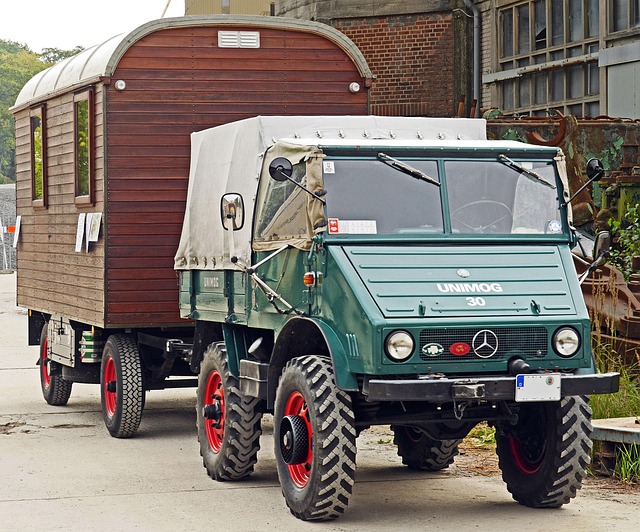
Custom graphics collision repair is an artistic and technical process that transforms car exteriors…….
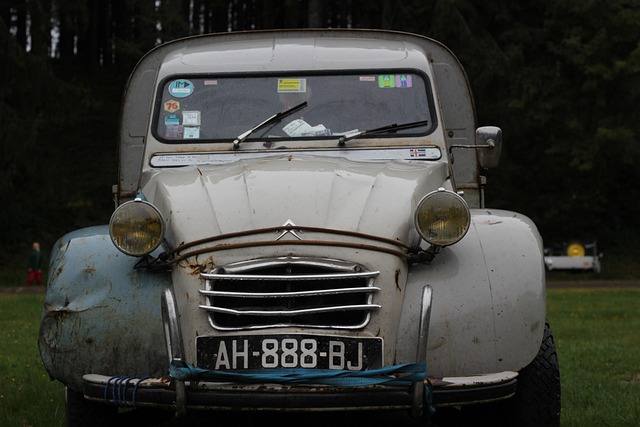
Custom graphics collision repair is a specialized car restoration technique that combines advanced t…….

Custom graphics collision repair is a specialized auto service that reproduces or enhances original…….
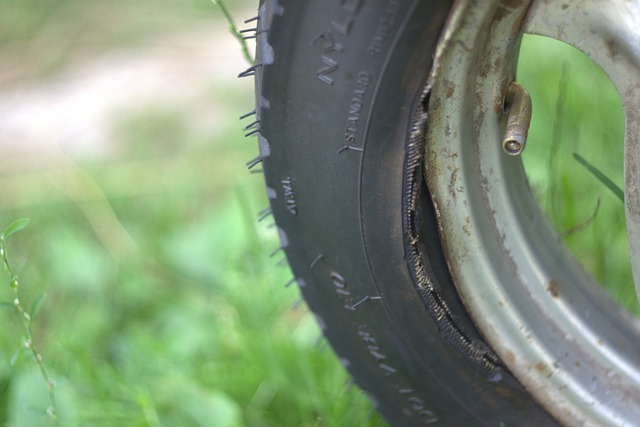
Custom graphics collision repair is a specialized art where skilled technicians combine cutting-edge…….
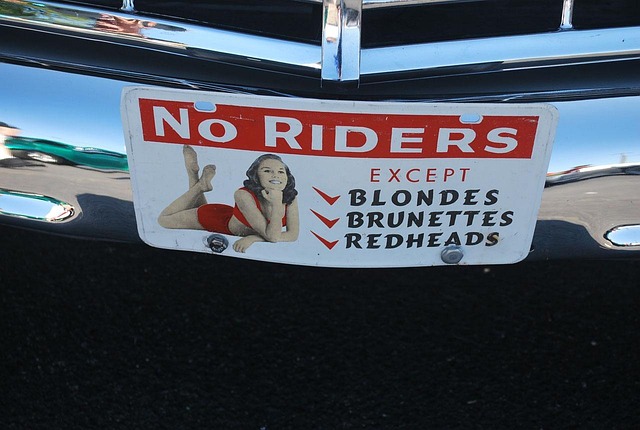
Custom graphics collision repair combines artistic design with automotive restoration, using advance…….
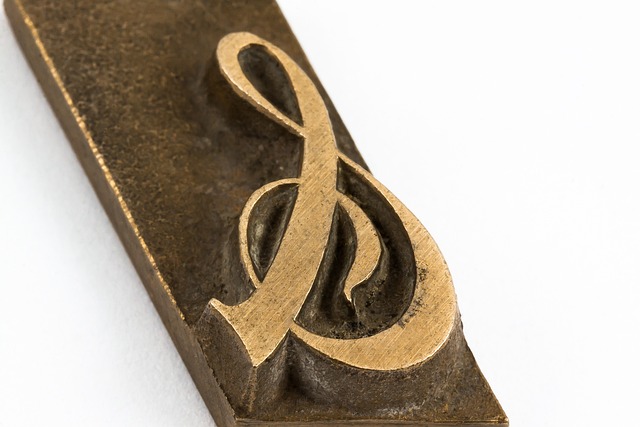
Custom graphics collision repair transforms damaged vehicles into works of art, combining technical…….

Custom graphics collision repair is a unique, artistic approach where skilled artisans transform dam…….